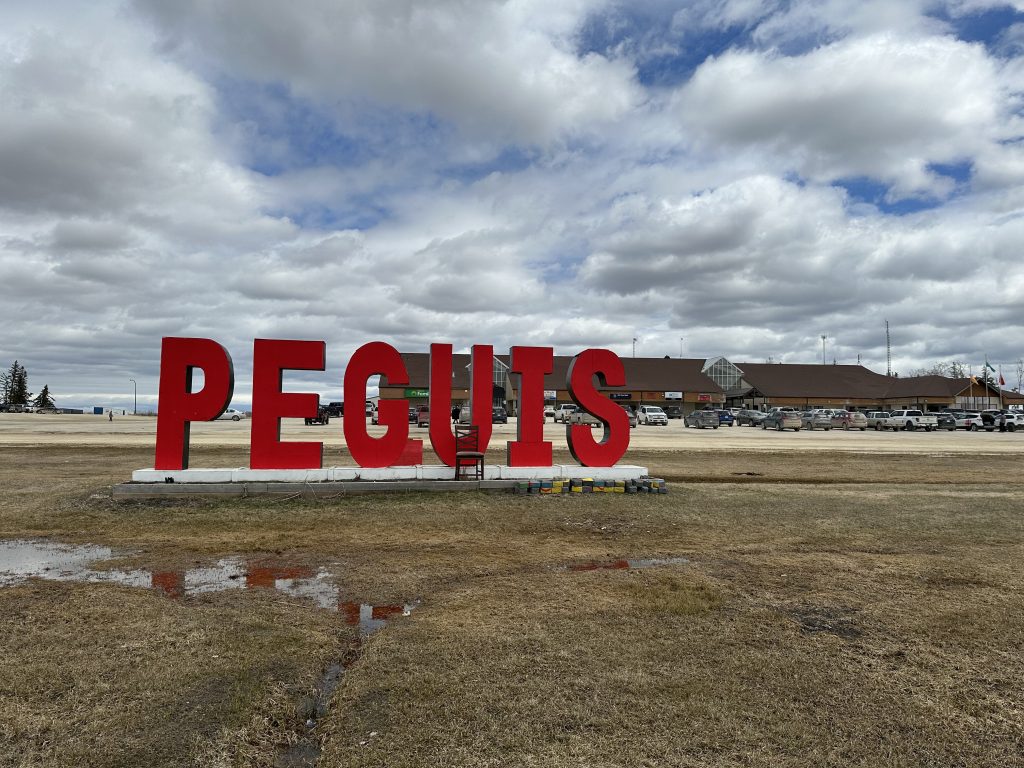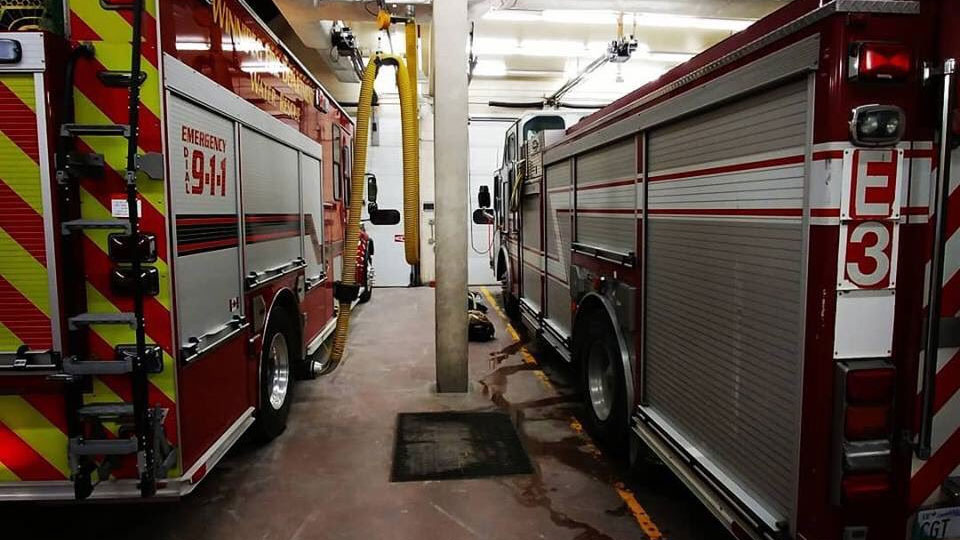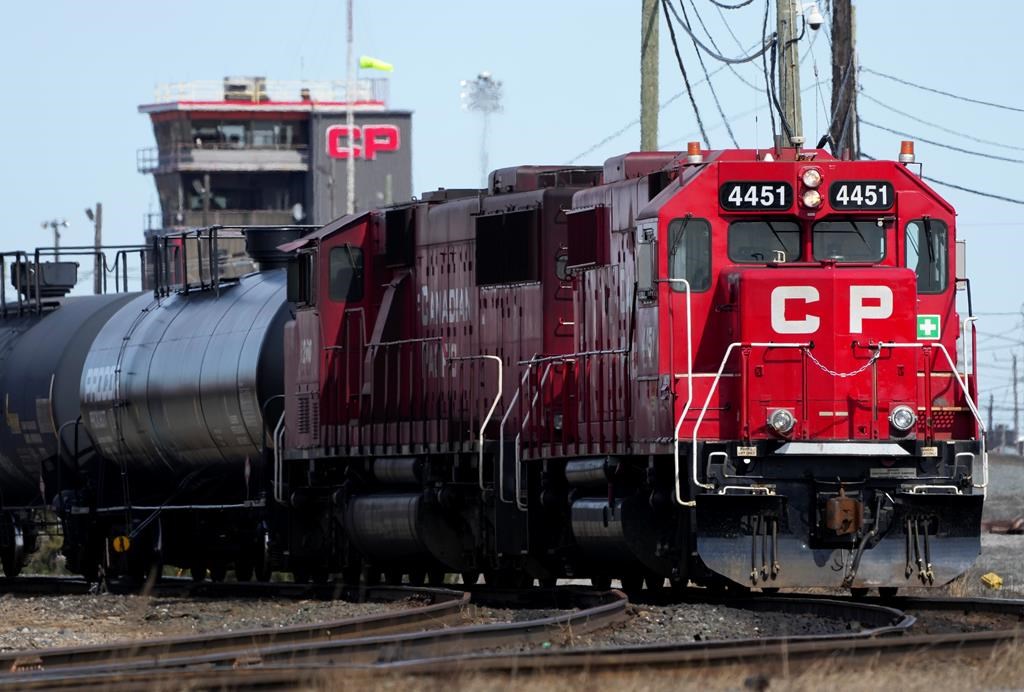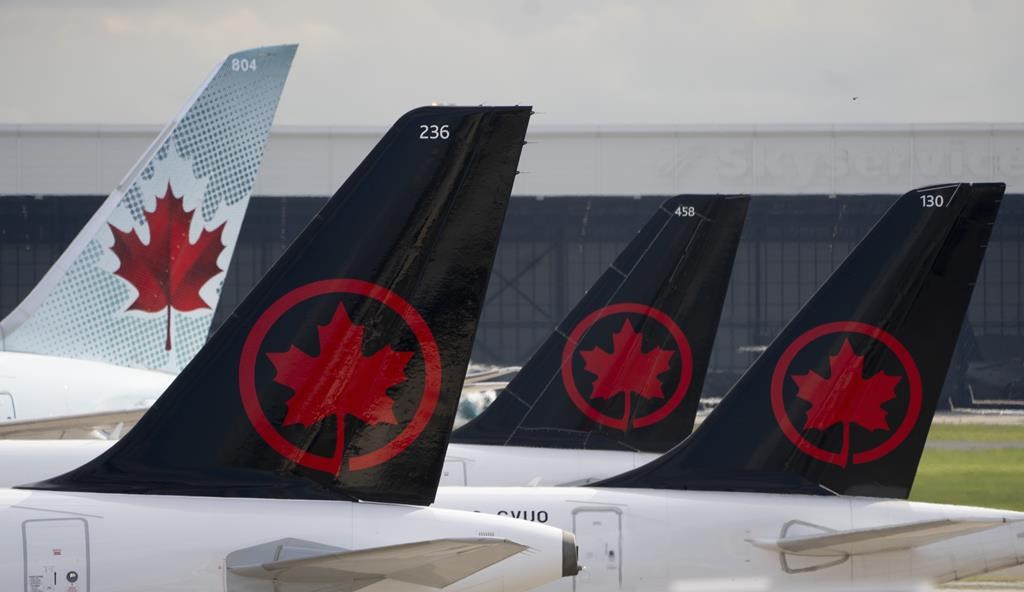Officials declare Halifax-area wildfire largely contained as rain brings relief
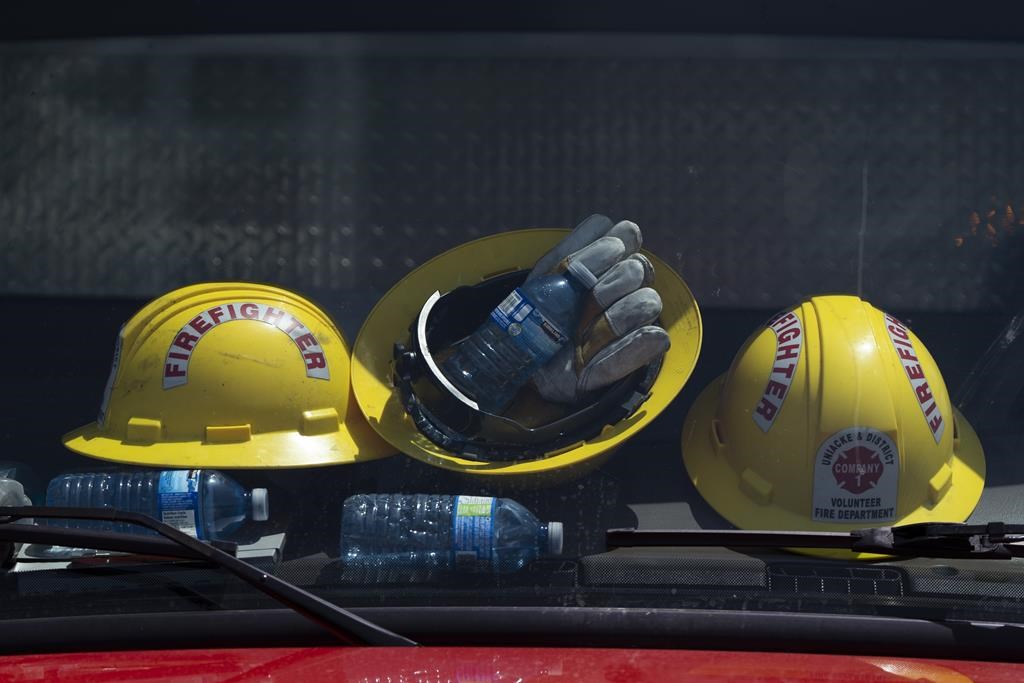
Posted June 3, 2023 8:56 am.
Last Updated June 3, 2023 1:13 pm.
Heavy rain — and some military reinforcements — arrived to assist efforts on Saturday to quell a major Halifax-area wildfire, which officials said was already 85 per cent contained and no longer spreading.
At the provincial wildfire centre in Shubenacadie, north of Halifax, about 20 Canadian Armed Forces soldiers stood in the pouring rain outside a light armoured vehicle, or LAV.
Lt.-Col. Michael Blanchette said the initial contingent from CFB Gagetown in New Brunswick had arrived on a “fact-finding mission” to see what military support was needed in the effort to combat the fires.
He said the armoured vehicle has a thermal sight system that might be able to detect hidden hot spots, especially at night, while soldiers can provide “low-level firefighting capability” such as stamping out smaller hot spots after the firefighters have gone through.
Blanchette said military members in Atlantic Canada are used to being called in for floods and winter storms, but he’s never before responded to a wildfire.
“This is the first time for us,” he said.
David Steeves, a technician of forest resources with Nova Scotia’s Department of Natural Resources and Renewables, told reporters Saturday morning the Halifax-area fire was sitting at 9.5 square kilometres and is unlikely to grow due to a combination of firefighting efforts and long-awaited rain.
“We are moving from a state of out of control to a state of being held,” he said. “And basically what that means is that, with the current resources that we have on site and with the suppression efforts that have taken place, the fire is not likely to spread.”
Steeves said a number of areas of concern remain and crews continue to closely monitor hot spots around the fire’s perimeter. He warned the blaze was far from out and embers could still hide deep in places where the rain doesn’t penetrate, causing a risk of reignition.
“We could be here for weeks, we could be here for a couple of months before the incident commander is comfortable in saying this fire is out,” he said.
The wildfire that broke out Sunday in the Halifax area raced through a number of subdivisions, consuming about 200 structures – including 151 homes – and forcing the evacuation of more than 16,000 people.
Halifax Regional Fire and Emergency Deputy Fire Chief Dave Meldrum said rain has brought relief, but also raises the risk that firefighters could be hurt from slips or falls and makes for difficult working conditions.
“They’re going to be very very dirty, they’re going to be wet, they’re going to be cold,” he said of the firefighters. “So we welcome this rain but it’s going to be a tough working day.”
He said there were two reported injuries related to heat stress so far, and one firefighter bumped their head while moving equipment, but nobody has been seriously hurt.
Despite the good news, he said it was unclear when the thousands of evacuated residents would be able to return home. The evacuation zone was lifted in some areas that were undamaged by fire late Friday — allowing 8,000 people to return home — but Meldrum said there was still more work to do to ensure the remaining areas under evacuation will be safe for residents.
Nova Scotia is having one of its worst fire seasons on record, with 10 active wildfires in the province as of Saturday morning, according to the province’s natural resources department.
In the southwestern corner of the province, a large wildfire continued to burn out of control in Shelburne County, where 6,700 people have been evacuated from their homes _ about half of the municipality’s population.
The Barrington Lake wildfire, which started Saturday, continued to grow on Friday, reaching 230 square kilometres – the largest recorded wildfire in the province’s history. It has consumed at least 50 homes and cottages.
The province said two other smaller wildfires are also out of control: one in the District of Shelburne and another in Pubnico, Yarmouth County.
A contingent of 17 firefighters from the northeastern United States were expected to arrive at the wildfire centre later Saturday, before being deployed to help the fire-fighting efforts.
